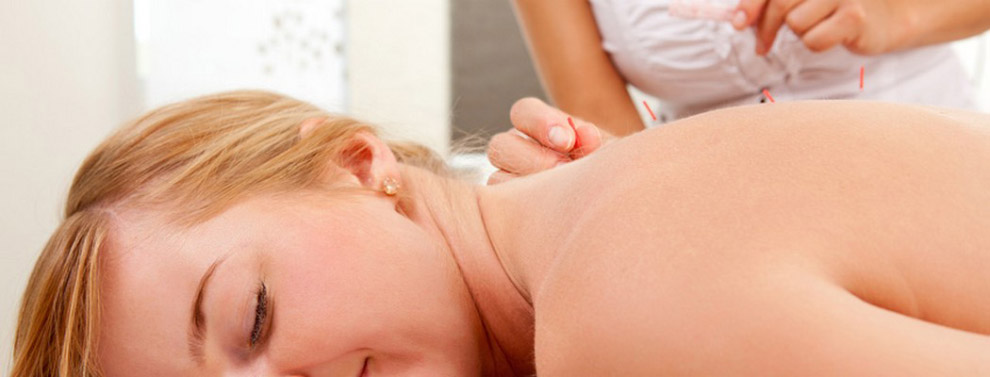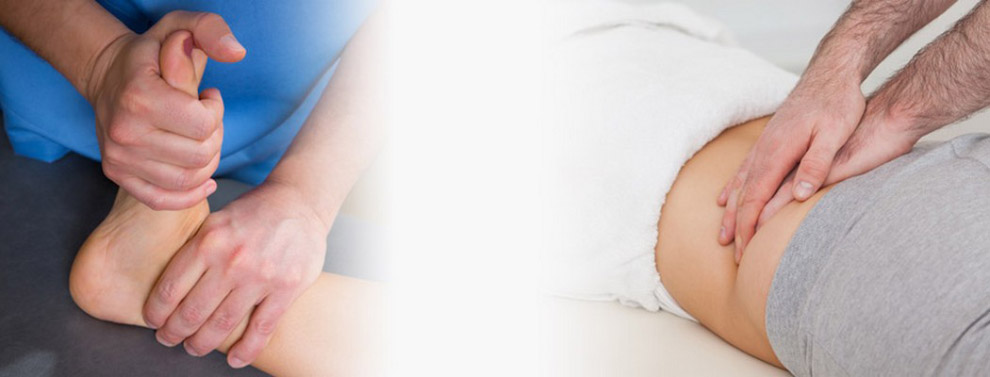Physiotherapy in Baie Verte and Springdale for Hip
Can a healthy and normally aligned patella (kneecap) dislocate? Many experts have debated this question. Certainly, anatomic variations from the norm are linked with both acute (sudden) and chronic (repeated) dislocations. But there is some evidence that no amount of force will pop the patella off the knee unless there is an underlying reason.
In this review article, the anatomy and biomechanics of the normal patellofemoral joint as well as the abnormal patellofemoral joint are discussed in depth. A complete understanding of these features is essential in treating patellofemoral instability (dislocation) with any kind of success.
The patellofemoral joint is formed by the patella as it glides up and down over the front of the knee. This unique bone is wrapped inside a tendon that connects the large quadriceps muscle on the front of the thigh. The large quadriceps tendon together with the patella is called the quadriceps mechanism. The quadriceps mechanism has two separate tendons, the quadriceps tendon on top of the patella and the patellar tendon below the patella.
Tightening up the quadriceps muscles places a pull on the tendons of the quadriceps mechanism. This action causes the knee to straighten. The patella acts like a fulcrum to increase the force of the quadriceps muscles.
The underside of the patella is covered with a thick articular cartilage, the smooth, slippery covering found on joint surfaces. This covering helps the patella glide (or track) in a special groove made by the femur (thighbone). This groove is called the femoral groove.
Some people are born with a greater than normal angle where the femur and the tibia (shinbone) come together at the knee joint. This is called the Q-angle. Women tend to have a greater Q-angle than men. The patella normally sits at the center of this angle within the femoral groove. When the quadriceps muscle contracts, the angle in the knee straightens, pushing the patella to the outside of the knee. In cases where this angle is increased, the patella tends to shift outward with greater pressure. As the patella slides through the groove, it shifts to the outside. This places more pressure on one side than the other, leading to damage to the underlying articular cartilage.
Anatomic variations in the bones of the knee can occur such that one side of the femoral groove is smaller than normal. This creates a situation where the groove is too shallow, usually on the outside part of the knee. People who have a shallow groove sometimes have their patella slip sideways out of the groove, causing a patellar dislocation. This is not only painful when it occurs, but it can damage the articular cartilage underneath the patella. If this occurs repeatedly, degeneration of the patellofemoral joint occurs fairly rapidly.
People who have a high-riding patella are also at risk of having their patella dislocate. In this condition, called patella alta, the patella sits high on the femur where the groove is very shallow. Here the sides of the femoral groove provide only a small barrier to keep the high-riding patella in place. A strong contraction of the quadriceps muscle can easily pull the patella over the edge and out of the groove, leading to a patellar dislocation.
Any of these changes in the normal anatomical structure, especially when combined with enough force can cause the patella to dislocate. Changes in the Q-angle can result from any alteration of normal anatomy in the leg. One change alone may not be enough but with enough malalignment, the patellofemoral joint can be directly affected.
When examining a patient with patellofemoral instability, the orthopedic surgeon takes into consideration both normal and abnormal anatomical features and alignment. Sometimes comparing the uninvolved side helps identify the more obvious changes on the injured side.
The examiner views the patient in standing from all sides and again in sitting. The Q-angle is measured. The shape, position, and movement of the patellas are observed. Any signs of a lateral shift of the patella during movement called J-tracking are noted. The patella can be moved and tested for tilt and mobility (especially the presence of excess lateral motion).
X-rays may offer some additional information. Alignment, trochlear depth, and some important angles can be determined using X-rays. Loose fragments of bone or cartilage may show up on X-rays. Arthroscopic exams are much more likely to identify these loose bodies. MRIs are used to look for bone bruises and ligament damage. Patients who have chronically dislocating patellas may benefit from kinematic MRIs, which show dynamic images of the patella during movement. CT scans help identify anatomic variations that contribute to patellofemoral instability.
Treatment is based on whether the patient presents with an acute or chronic dislocation. The patient history helps determine what kind of acute injury has occurred. Most are when the person's foot is planted on the ground and a force is applied to the knee that is strong enough to push the kneecap toward the outside (lateral) edge. The patella can dislocate medially (toward the other knee) but this is less common.
Usually the patella relocates or reduces (goes back in place) by itself. The patient may not even really be aware that the patella dislocated. But symptoms of swelling, bleeding under the patella or bruising around the patella, and tenderness along the edge are signs that a dislocation occurred. Surgery is required when there is severe damage such as bone fracture, muscle rupture, or detachment of the ligaments.
But surgery isn't routinely advised. In some cases, conservative care is still possible with a period of immobilization (three to six weeks) or bracing with follow-up physiotherapy. The therapist helps the patient regain motion, proprioception, and strength. Proprioception refers to the joint's sense of position, an important function when maintaining joint stability.
The timing of surgery remains a point of contention. Some studies show that earlier surgical intervention yields a more favorable response with a much lower rate of recurrence. Undetected ligamentous and/or muscle damage can result in scarring of these structures during the healing process. This can have the effect of changing the force and direction of the patella when it moves, setting the patient up for future problems.
But not everyone agrees that early surgery is best. Enough patients have complained of pain after surgery that researchers are taking a second look at this approach. If there's no difference in final outcomes between conservative and surgical approaches, then perhaps patients should be treated conservatively first and surgically later if needed.
What does if needed mean? Surgery may be necessary for patients who develop chronic instability with repeated dislocations. Then comes the next dilemma -- what kind of surgery should be done? This may depend on any deviations present from normal anatomy, the amount of the Q-angle, and the results of imaging studies. The surgeon will also look at the condition of the soft tissues after the injury and the effect of trauma to the same soft tissues from repeated dislocations.
The general goal in surgery is to release tight lateral structures that pull the patella in that direction. At the same time, medial soft tissues can be re-tensioned or tightened up. Providing a balance of force and tension on both sides of the patella can help keep it lined up over the joint at rest, during motion, and when under stress from external forces.
One of the newer surgical approaches is to reconstruct the medial patellofemoral ligament that gets damaged with chronic instability. There is some hope that using graft material to restore the normal anatomy of this ligament will restore the normal function of the patellofemoral joint.
The authors provide detailed descriptions and drawings of the graft (and other) procedures under investigation. These newer approaches to chronic patellofemoral instability remain under study as early attempts have led to problems with pain, loss of knee motion, and degenerative changes to the joint cartilage. There is a need for long-term follow-up studies to prove the safety and effectiveness of new procedures before they can be adopted for routine use.
Given the belief that treating patellofemoral instability requires a good understanding of the anatomy and biomechanics of the patellofemoral joint, the authors offer a thorough review of these structures. Treatment with or without surgery is based on knowledge of these key features. Avoiding chronic instability depends on dealing with underlying causes for repeated dislocations. A careful examination and study of each patient can bring this into clear focus and direct the plan of care.
Reference: Brian J. White, MD, and Orrin H. Sherman, MD. Patellofemoral Instability. In Bulletin of the NYU Hospital for Joint Diseases. March 2009. Vol. 67. No. 1. Pp. 22-29.







